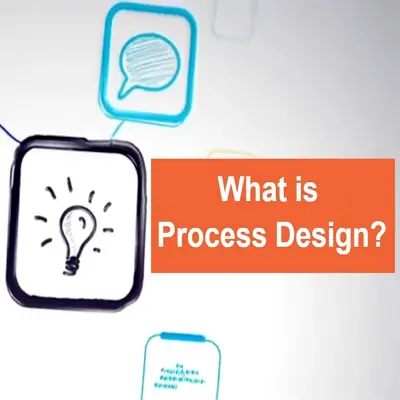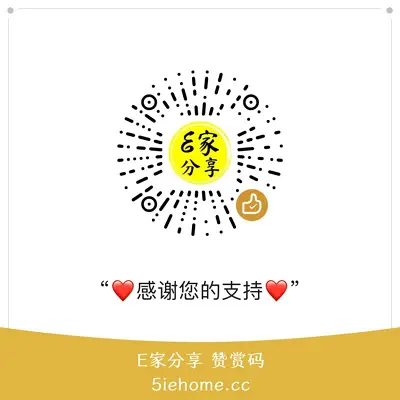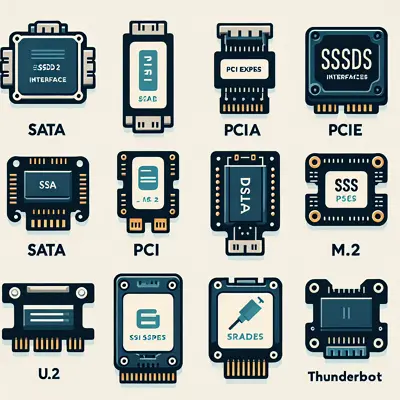
前言
近期看到一个流程培训资料里引用了一篇介绍流程设计好处和目的的文章,特此与大家分享。
Process design: an introduction to the perks and purpose
By: Leanne Armstrong
https://blog.mindmanager.com/process-design-introduction-perks-purpose/
Looking for a way to standardize your customer follow-up process? Need to establish an efficient method for requesting project or budget approvals? Or perhaps you’d just like to achieve workflow consistency across your team or department. Regardless of the business you work in, process design is the key to transforming a pre-defined set of inputs (resources) into a specific and valuable output (business goal). And applying the concept of process design to any repeatable procedure comes with some serious perks.
Not only does properly designing a process make it easier to regulate, it optimizes efficiency and produces more consistent results. Process design also helps internal personnel, management, and even customers understand how certain activities play out inside your organization.
In this introductory guide, we’ll examine the importance of process design and the types of business goals it can help you accomplish. But first, let’s take a closer look at what process design is all about from a workplace perspective.
[Free Webinar] High-Velocity Productivity: The Guidance, Navigation, and Control of Work
What is process design in business?
In broad terms, business process design describes the transformation of an organization’s vision and resources into the achievement of company goals.
Because it lets you generate a set of standard responses to common and predictable business situations, process design can be used to create new, start-to-finish processes for everyday workflows.
By first defining the end-goal of a particular process, and then laying out the individual steps required to achieve it, you can use different types of process design to craft a consistent, repeatable flow of events. And that – as you can imagine – has a wide range of practical uses.
Process design’s practical side
Taking advantage of process design tools like flowcharts and workflow diagrams doesn’t just let you create and execute new procedures – it helps you improve on and share them as circumstances and team members change.
For example, you can use process design to construct:
- More efficient methods for carrying out product or service development
- A department-wide system for promoting marketing content
- New, streamlined practices for client or employee onboarding
No matter the workflow you need to create, structuring your resources into a repeatable process allows you to provide a service, perform a specialized activity, or make use of organizational knowledge as efficiently and profitably as possible.
The importance of process design
Because each step in a new process represents a task that can be assigned to an experienced individual, team, or department, process design plays an important role in quality assurance.
As part of that role, it can be used to:
- Identify weak links and potential bottlenecks in internal activities
- Show where automation might improve a new business procedure
- Enhance workflow understanding for new team members
Think about this for a minute.
What happens when you don’t make a point of standardizing the steps in a common work process?
In many cases, the individuals involved simply carry out their assigned duties and respond to new situations based on their level of experience or personal workstyle. Unfortunately, that can lead to random results that are as likely to prioritize convenience as they are to meet the best interests of the process end user.
You could encourage team members to memorize verbal or text-based recommendations for specific workflow procedures.
But on the whole, engaging in visual process design and execution is the best way to eliminate temptations to improvise when time is short, or take an unscripted approach that can result in poor quality or inconsistent outcomes.
Laying out a specific, step-by-step course of action with the help of a process map, for example, will allow you to design a work procedure that:
- Has a well-defined start and end point
- Can be followed repeatedly with predictable results
- Streamlines activities to the point where each step is both actionable and value-driven
- Provides the flexibility required to accommodate improvements over time
By designing work processes in a way that encourages everyone to follow exactly the same path, you’ll prevent the disorder and avoid the missed steps that can lead to inferior results.
Using process design to lay out new workflows will also help you establish a set of best practices within your department or organization that can be shared and passed on as required.
5 key objectives of process design
The overall goal of process design is to achieve performance consistency across a specific business procedure. Brainstorming and recording the various steps in a particular process is a highly effective way to map it, ensure coherent execution, and solidify results.
But there are a handful of additional objectives attached to process design that are aimed at making any project or assignment you take on more successful.
Here are five that are worth pointing out.
1. Normalize outcomes
Process design normalizes workflow outcomes by helping you identify individual tasks that are integral to meeting a specific goal. Because of its structured approach, the design process necessitates thorough research into any new procedure, resulting in a stripped down, stable, and improved workflow.
Example: You can use process design to regulate outcomes for the manufacture of products, delivery of services, or dispatch of goods.
2. Encourage efficiency
Process design lets you both build in and improve efficiencies across business procedures. The faster it becomes for teams or individuals to work through a particular process, the more time they’ll save. Process design also lets you maximize resource use so you can keep costs to a minimum.
Example: Because process design ensures adequate time, money, personnel, and materials are available for any workflow you regularly engage in, it can prevent process-reliant projects from stalling.
3. Avoid chaos
In larger companies especially, certain processes may be spread across multiple teams or departments. Systematizing a repeated set of tasks through process design keeps a disjointed approach from muddling day-to-day operations.
Example: Many organizations use process design to establish best practices and achieve uniform training procedures.
4. Ensure accountability
Whether a process is internal or external, building in accountability checkpoints at various stages helps maintain a certain level of quality. Process design also results in more professional interactions that ultimately boost client confidence.
Example: Use business process mapping to enhance your process design, show who’s responsible for what, and establish standards that will govern your workflow.
5. Streamline collaboration
One of the most important objectives of process design – and one that’s often overlooked – is the fostering of better communication and collaboration. Laying out a new workflow visually inevitably makes it easier for everyone involved to contribute to its creation, put it to work, and teach it to others when needed.
Example: Developing and documenting new work processes with the help of a flowchart promotes idea sharing, problem solving, and transparency in communications with customers and other stakeholders.
Remember, the easier it is for you and the people you work with to see the problem that needs solving, the question that needs answering, or the purpose that needs to be met, the easier it will be to design a process that guarantees great results every time.
Taking a visual approach to process design won’t just help you define your requirements and assess your execution – it will help you nail down the optimal approach to any new business process you create.
Related articles
- 3 types of process design to help you map your business procedures
- 5 process design tools that improve workflow documentation
【END】










